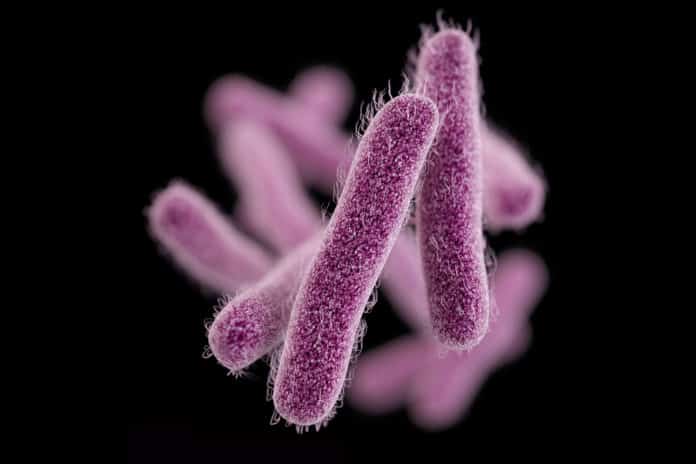New Molecule Promises High Efficiency Against SuperBugs
Natural products have historically been a significant source of antibiotics and consequently novel scaffolds are always of attention. The lipoxazolidinone household of marine organic products, using an odd 4‐oxazolidinone heterocycle in their center, represents a brand new scaffold for antimicrobial discovery; nevertheless, questions concerning their mechanism of action and high lipophilicity have probably slowed follow‐up studies.
This chemical, a new synthetic compound motivated by a pure solution, can be a helpful compound tool for analyzing other Gram-positive ailments and might have consequences for future drug production.
NC State chemist Joshua Pierce planned to affirm those first findings and comprehend the way the molecule’s structure associated with its purpose; in summary, he wished to recreate the molecule to learn what parts were directly accountable for its antifungal properties and then possibly improve upon this arrangement.
Pierce, together with current NC State grad student Kaylib Robinson and former pupils Jonathan Mills and Troy Zehnder, utilized publication chemical tools to synthesize lipoxazolidinone A at the laboratory.
They could verify that its chemical structure matched exactly what the first researchers had signaled, they then functioned to identify the section of the molecule that was to blame for
the action from Gram-positive bacteria. Their outcome was a chemical with enhanced effectiveness, JJM-35.They analyzed JJM-35 from a panel of immune and non-resistant germs.When analyzed against MRSA in vitro, they discovered the bronchial molecule was around 50 times more powerful than the normal product against many bacterial strains. Furthermore, they discovered that the molecule was frequently better against resistant bacterial strains than it had been contrary to nonresistant strains.
“An exciting additional aspect of this work was that we identified that these molecules may function by inhibiting multiple biosynthetic pathways directly or indirectly,” says Pierce. “This means that bacteria may have difficulty developing resistance to potential drugs developed from these molecules.”
“At this point, we have a chemical scaffold – a starting piece of the puzzle. We know that this piece is effective, and so right now all efforts are focused on evaluating the properties of these molecules and their in vivo efficacy,” says Pierce. “The hope is that we can build upon this scaffold to create drugs that are effective against MRSA and other resistant bacteria at a time of dire need for antimicrobial development while also increasing the spectrum of activity.”






























